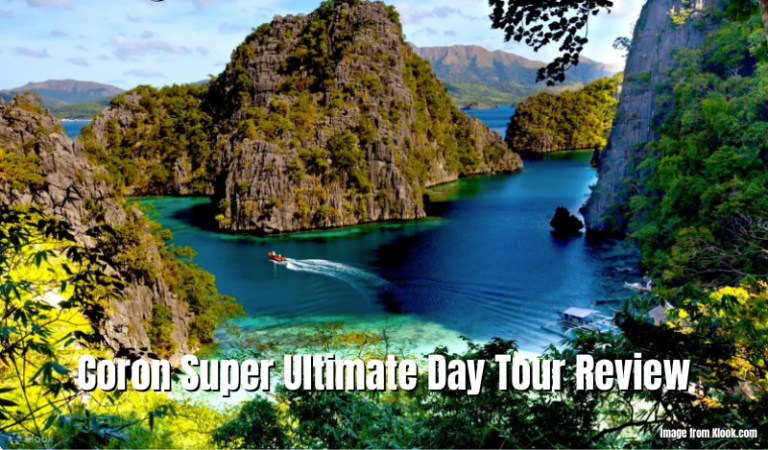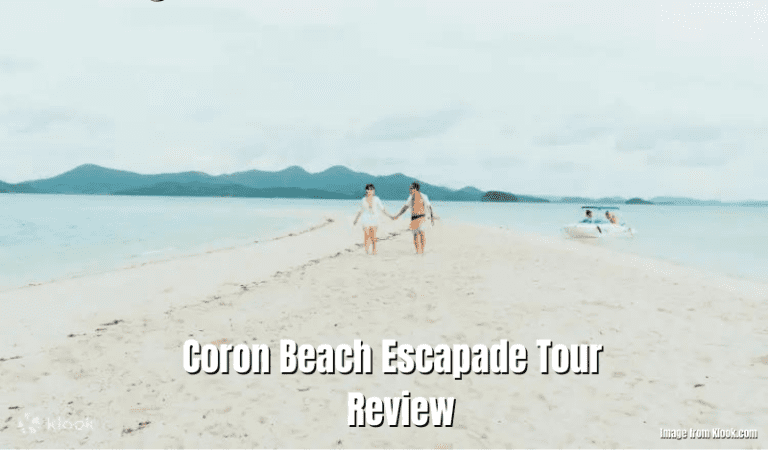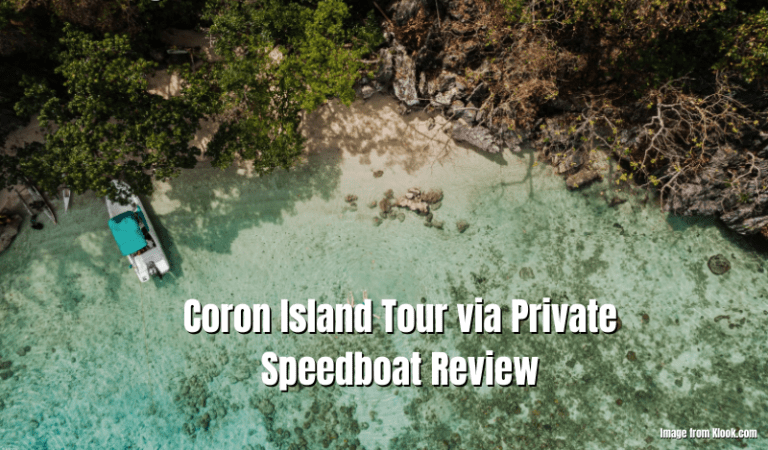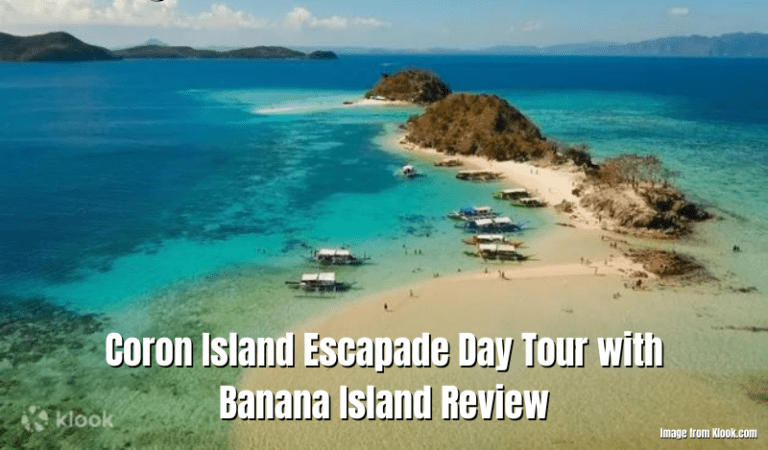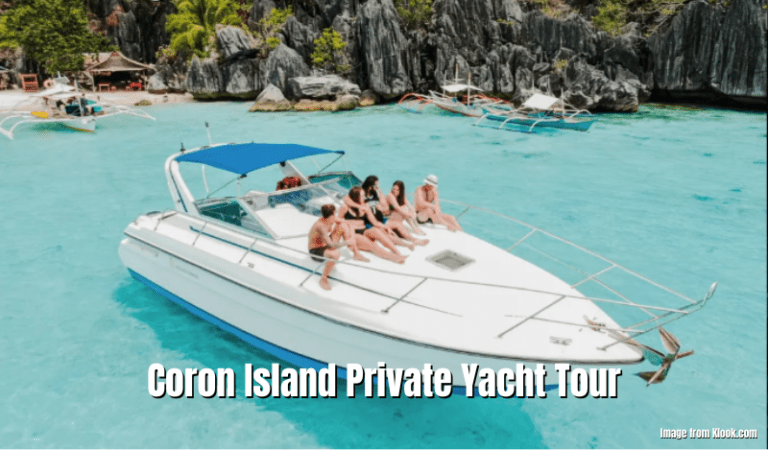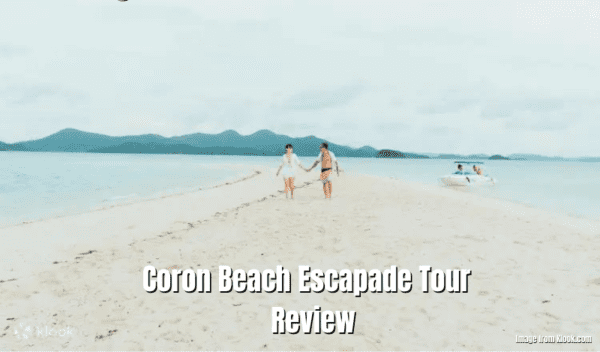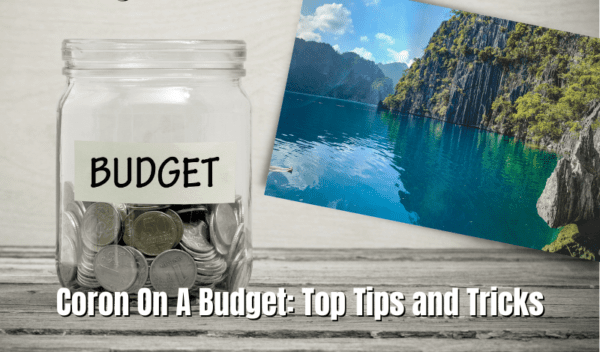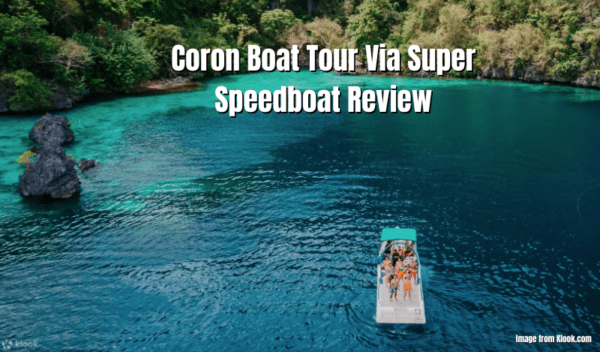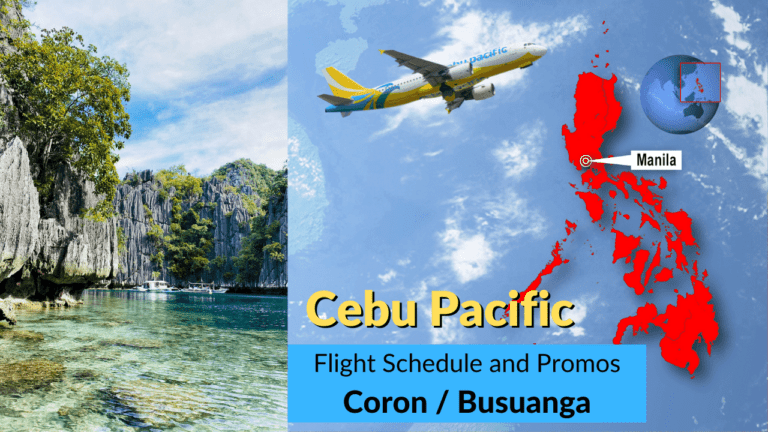The Quick Guide To Understanding Coron
The Quick Guide To Understanding Coron: Imagine sailing through turquoise waters, surrounded by breathtaking limestone cliffs and lush greenery. You arrive at an island paradise called Coron, a hidden gem in the Philippines. In this ultimate guide, you will gain a deeper understanding of this tropical treasure, uncovering its stunning natural beauty, exploring its vibrant underwater world, and discovering the rich cultural heritage that makes Coron unique. Get ready to embark on an unforgettable journey as you immerse yourself in the wonders of Coron.
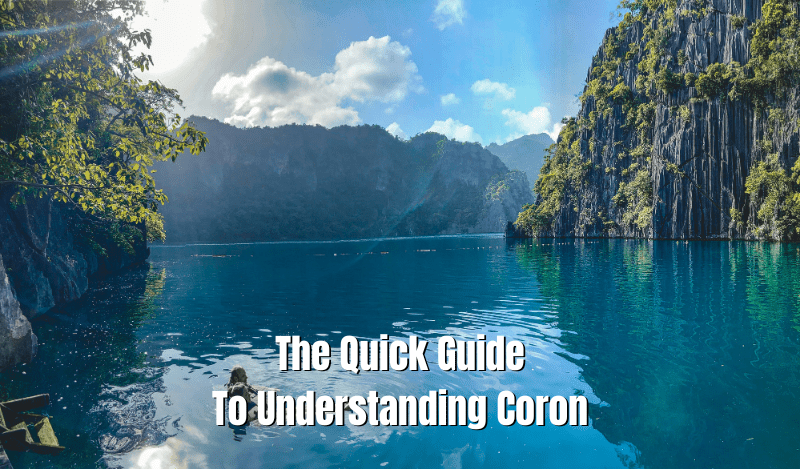
Table of Contents
Quick Guide To Understanding Coron
Definition of Coron
Coron is a breathtaking island located in the province of Palawan in the Philippines. It is known for its stunning landscapes, crystal-clear waters, and vibrant underwater ecosystems. Coron comprises several islands, including Busuanga, which is the largest one. Blessed with natural beauty, Coron has become a popular destination for domestic and international travelers.
The importance of Coron
Coron is a paradise for tourists and holds immense importance regarding its ecological and cultural significance. The island plays a vital role in preserving various endangered species and ecosystems. Moreover, Coron is home to indigenous tribes with unique traditions and culture, adding to its rich heritage. The island’s economy heavily relies on tourism, making it a crucial hub for the local community’s livelihood.
The History of Coron
Origin and Early Development
The history of Coron dates back thousands of years, with evidence of human settlement found in caves and archaeological sites. The Tagbanua people, an indigenous tribe, have lived in Coron for generations and have an incredible knowledge of the island’s natural resources and environment. In the past, Coron was a trading center for neighboring communities, attracting merchants from diverse cultures.
Significant Events in Coron’s History
Coron has witnessed various significant events throughout its history. In 1944, during World War II, the island was heavily bombed by the United States Navy, resulting in the sinking of numerous Japanese ships. This event, known as the Coron Bay Battle, has turned the sunken wrecks into popular dive sites, attracting enthusiasts worldwide. Additionally, Coron has been recognized as a protected area, emphasizing the importance of preserving its natural wonders.
Check Out Other Coron Travel Tips
Quick Guide To Understanding Coron: Geography and Climate
Geographical Location of Coron
Coron is situated in the northern part of Palawan, Philippines. It is positioned between the South China Sea and the Sulu Sea, offering stunning panoramic views and endless opportunities for watersports and exploration. The island is surrounded by limestone cliffs, pristine beaches, and lush forests, creating a magical and serene atmosphere.
Climate and Environmental Conditions
Coron experiences a tropical climate characterized by the dry season (November to May) and the wet season (June to October). The average temperature ranges from 25 to 32 degrees Celsius throughout the year, making it an ideal destination for beachgoers. The island is also blessed with diverse flora and fauna, including coral reefs, contributing to its ecological importance and allure for nature enthusiasts.
Quick Guide To Understanding Coron: Cultural Diversity


Coron’s Indigenous Tribes and Culture
Coron is home to the Tagbanua people, an indigenous tribe with a strong connection to the land and sea. Their culture revolves around sustainable practices and living in harmony with nature. The Tagbanua people have preserved their traditional customs, music, and dance, which can be experienced through community-based tours. Visiting Coron provides a unique opportunity to immerse oneself in their way of life and learn about their rich heritage.
Influence of Foreign Cultures in Coron
Throughout its history, Coron has been influenced by various foreign cultures due to its strategic location for trade. Spanish, Chinese, and Malay influences have left their mark on the island’s architecture, cuisine, and traditions. Exploring the town, visitors can admire Spanish-era buildings, taste the fusion of flavors in local dishes, and witness the blending of different cultural practices.
Quick Guide To Understanding Coron: Tourist Attractions


Key Tourist Locations in Coron
Coron offers many tourist attractions that showcase its natural wonders and cultural heritage. One of the must-visit spots is Kayangan Lake, often hailed as the cleanest lake in the Philippines. Surrounded by limestone cliffs, the lake’s emerald waters provide a serene and picturesque setting. Another popular destination is the Twin Lagoon, where visitors can swim between two lagoons separated by a small rock formation. Other notable locations include the enchanting Barracuda Lake, the scenic Malcapuya Island, and the mesmerizing Siete Pecados Marine Park.
Activities and Experiences for Tourists


Coron offers an array of activities and experiences for tourists to enjoy. Snorkeling and diving enthusiasts will be delighted by the area’s vibrant coral reefs and diverse marine life. Exploring shipwrecks from World War II is a must-do for adventure seekers and history buffs. Island hopping tours allow visitors to discover hidden beaches, lagoons, and picturesque viewpoints. Additionally, hiking, kayaking, and paddleboarding opportunities abound, guaranteeing unforgettable moments for nature lovers.
Economy and Livelihood
Major Economic Activities in Coron
Coron’s economy largely revolves around tourism, with the island attracting visitors from all over the world. The tourism industry provides numerous employment opportunities, from tour guides and boat operators to hotel staff and artisans. Additionally, fishing and agriculture play a role in the local economy, sustaining the community and providing fresh seafood and produce to both locals and tourists.
Most Common Livelihoods
Aside from the tourism industry, many locals in Coron engage in traditional livelihoods such as farming, fishing, and handicraft production. The Tagbanua people practice sustainable farming methods, cultivating rice, fruits, and vegetables. Fishing remains a crucial livelihood, with the abundant marine resources of the island supporting many households. Artisans and craftsmen contribute to the local economy by creating intricate handwoven products, woodcarvings, and other traditional crafts.
Quick Guide To Understanding Coron: Cuisine in Coron
Traditional Dishes of Coron
Coron offers a delectable array of traditional dishes that showcase the island’s unique flavors and cultural influences. Some popular dishes include “kinilaw,” a Filipino-style ceviche made with fresh fish marinated in vinegar and spices; “tamilok,” a local delicacy of woodworms harvested from mangrove trees; and “lechon,” a roasted pig prepared for festive occasions. Rice is a staple in Coron, usually served alongside various grilled seafood and meat dishes.
Modern Culinary Experiences in Coron
Coron has also embraced modern culinary experiences, catering to the diverse tastes of tourists. Restaurants and cafes in the town offer international cuisines, fusion dishes, and vegan/vegetarian options. Visitors can indulge in freshly caught seafood, organic farm-to-table meals, and unique creations inspired by both global and local culinary traditions. Exploring the local food scene is a delightful way to savor the flavors of Coron while experiencing the island’s vibrant gastronomic culture.
Accommodation Options
Affordable Accommodations
Coron offers a range of affordable accommodations, ensuring a comfortable stay without breaking the bank. Hostels and guesthouses provide budget-friendly options for backpackers and solo travelers. These establishments often offer communal spaces, allowing guests to meet fellow adventurers and exchange travel tips. Affordable resorts and lodges are also available, providing the perfect balance between comfort and cost-effectiveness.
Luxury Accommodations
For those seeking a more luxurious experience, Coron boasts several high-end resorts and hotels that epitomize relaxation and indulgence. These establishments offer spacious rooms with stunning ocean views, private villas, luxurious spa facilities, and infinity pools. Guests can enjoy world-class service, fine dining options, and various recreational activities.
Unique and Boutique Accommodations
Coron caters to travelers looking for unique, boutique accommodations with charm and authenticity. From eco-friendly lodges nestled amidst lush forests to beachfront cottages with panoramic views, these establishments provide a memorable and intimate experience. Staying in a boutique hotel or beach resort allows guests to immerse themselves in the enchanting atmosphere of Coron while enjoying personalized attention and a distinct ambiance.
Quick Guide To Understanding Coron: Getting Around in Coron
Public Transportation Options
In Coron, public transportation predominantly consists of tricycles and motorcycles, the primary modes of transportation within the town and surrounding areas. Tricycles are three-wheeled vehicles that accommodate several passengers and are convenient for short distances. Motorcycles, known as habal-habals, offer a faster and more flexible means of transportation. Jeepneys, a popular form of public transportation in the Philippines, are also available for longer journeys.
Navigating the Town and Surrounding Areas
Coron Town is relatively small and can easily be explored on foot. Many attractions and establishments are within walking distance, allowing visitors to discover the place’s charm leisurely. Organized tours and boat rentals are the most convenient options for exploring the surrounding islands and beaches, ensuring hassle-free transportation and guided itineraries. Local guides and tour operators can provide valuable insights and recommendations to maximize your trip.
Important Tips for Travelers
Safety Tips for Coron
While Coron is generally a safe destination, it is essential to take precautions to ensure a smooth and secure trip. Be mindful of your belongings and valuables, especially in crowded areas. It is advisable to bring sufficient sunscreen, mosquito repellent, and a first aid kit. When engaging in water activities, follow the instructions of professional guides and ensure you are equipped with appropriate safety gear. Lastly, respect the local culture and traditions, particularly when visiting indigenous communities.
Important Things to Remember When Traveling in Coron
Being aware of a few practical matters is crucial when traveling to Coron. The primary currency is the Philippine Peso (PHP), and cash is widely accepted. However, having cash is advisable as not all establishments may accept credit cards. It is also recommended to bring necessary medications and personal toiletries, as some items may not be readily available on the island. Additionally, dress appropriately, respecting local customs and considering the tropical climate.
In conclusion, Coron is a breathtaking island in the Philippines that captivates visitors with its natural beauty, cultural diversity, and endless opportunities for adventure and relaxation. From its fascinating history and rich heritage to its stunning landscapes and vibrant marine ecosystems, every aspect of Coron makes for an unforgettable experience. Whether you are immersing yourself in the traditions of indigenous tribes or exploring the hidden gems of the underwater world, Coron offers a destination like no other. Prepare for an extraordinary journey filled with awe-inspiring sights, mouthwatering cuisine, and warm hospitality as you embark on your adventure in Coron, a true paradise in the heart of the Philippines.

